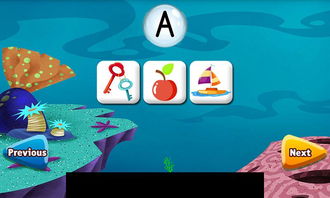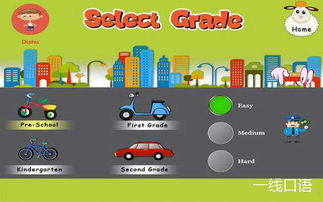来源:小编 更新:2024-12-16 02:34:59
用手机看

With the rapid advancement of technology, educational game software has become an increasingly popular tool for both children and adults to learn new skills and concepts in an engaging and interactive manner. These games are designed to make learning fun, fostering a positive attitude towards education and enhancing cognitive development. In this article, we will explore the benefits of educational game software, popular types available, and how they can be effectively integrated into learning environments.

One of the primary advantages of educational game software is its ability to captivate users' attention. Unlike traditional learning methods, games provide a dynamic and interactive experience that can keep learners motivated and engaged. Here are some key benefits:
Interactive Learning: Games encourage active participation, allowing users to manipulate objects, solve problems, and make decisions, which can lead to a deeper understanding of the subject matter.
Adaptive Learning: Many educational games are designed to adapt to the user's skill level, providing challenges that are appropriate for their current abilities.
Collaborative Learning: Some games can be played with others, promoting teamwork and communication skills.
Engagement and Motivation: The entertainment aspect of games can make learning more enjoyable, which can lead to better retention of information.

There are numerous types of educational game software available, catering to different age groups and learning objectives. Here are some of the most popular categories:
Language Learning Games: These games help users learn new languages by immersing them in a fun and interactive environment. Examples include Duolingo and Rosetta Stone.
Math Games: Designed to improve mathematical skills, these games often involve problem-solving and critical thinking. Some popular options include Math Blaster and Khan Academy Kids.
Science and History Games: These games provide an engaging way to learn about scientific concepts and historical events. Examples include BrainPOP and National Geographic Kids.
Art and Music Games: These games encourage creativity and artistic expression, as well as an appreciation for music. Some popular choices include ArtRage and GarageBand.

Integrating educational game software into learning environments can be highly effective when done correctly. Here are some tips for successful implementation:
Choose the Right Games: Select games that align with your educational goals and are appropriate for the age and skill level of your learners.
Supplement Traditional Learning: Use educational games as a supplement to traditional teaching methods, rather than a replacement.
Monitor Progress: Keep track of your learners' progress and adjust the games accordingly to ensure they are challenging but not overwhelming.
Encourage Collaboration: If the games support multiplayer, encourage learners to work together to achieve common goals.

Educational game software has the potential to revolutionize the way we learn and teach. By providing an engaging, interactive, and adaptive learning experience, these games can help users of all ages achieve their educational goals. As technology continues to evolve, we can expect to see even more innovative educational game software that will further enhance the learning process.

educational game software, language learning, math games, science games, history games, interactive learning, adaptive learning, collaborative learning, learning environment